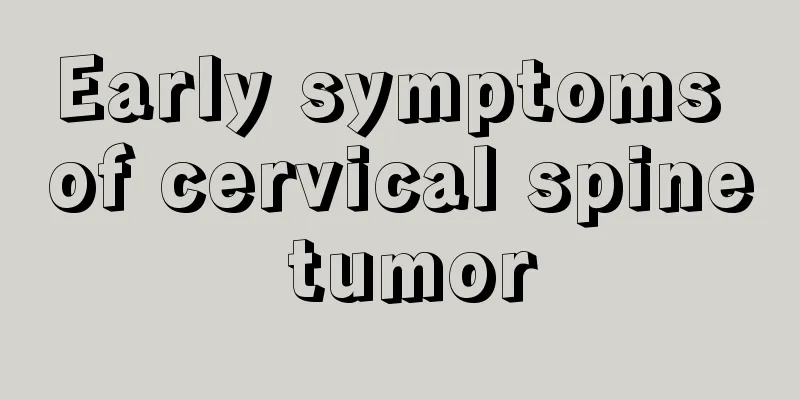What are the transmission routes of infectious diseases?

|
Infectious diseases are a disease that we are familiar with. Because infectious diseases seriously endanger our health, we need to do a good job of prevention to ensure our health. There should be many ways of transmission of infectious diseases, and they are difficult to avoid in our daily lives, but we also need to pay attention and it is best to prevent this kind of infectious disease transmission route. We can prevent it in normal times, but what are the transmission routes of infectious diseases? Let’s take a closer look at this issue today. The transmission route of an infectious disease refers to the route by which pathogens are discharged from the source of infection and invade other susceptible people through a certain means. Common transmission methods include the following. Airborne droplet transmission: When the patient breathes, talks, especially coughs or sneezes, droplets containing pathogens can be sprayed from the nasopharynx, float in the air, and be inhaled by susceptible people, causing infection. Diseases such as measles, diphtheria, and influenza can be transmitted through airborne droplets. Waterborne diseases can occur when water sources are contaminated by pathogens and consumed without disinfection. Diseases such as cholera, typhoid, dysentery, and hepatitis A can be transmitted through water. Some infectious diseases are transmitted through contact with infected water, such as leptospirosis and schistosomiasis. Food transmission All enteric infectious diseases can be transmitted through contaminated food. There are two modes of contact transmission: direct contact and indirect contact. Direct contact refers to the infection caused by direct contact between the source of infection and a susceptible person. For example, schistosomiasis and leptospirosis caused by contact with infected water are both transmitted through direct contact. Indirect contact refers to transmission through contaminated production tools and daily necessities. Indirect contact transmission is also common in intestinal infectious diseases. The pathogens of this type of infectious diseases transmitted by insects mainly exist in the blood of the source of infection, and reproduce in the body to complete their life cycle. Mosquitoes, fleas, lice, ticks, chiggers, flies, etc. are important transmission vectors that allow the pathogens to enter the body of susceptible people and spread. Such as malaria, epidemic encephalitis B, plague, etc. Some intestinal parasite eggs (such as ascarid eggs and hookworm eggs) transmitted through the soil must develop to a certain stage in the soil to become infectious larvae before they can cause infection through the mouth or skin. Vertical transmission refers to the process in which the pathogen is transmitted to the fetus or newborn through the placenta or birth canal when the mother has an infectious disease. To sum up, this is about the transmission routes of infectious diseases. After we understand them, we can take preventive measures in our lives, so we don’t have to worry about the spread of infectious diseases. However, we will not do everything, just try our best, but it is best not to endanger the health of others. Once you have an infectious disease, you still need to go to the hospital for treatment in time. |
<<: How to make winter melon and clam soup?
>>: Can holding urine cause nephritis?
Recommend
Dietary methods to prevent cervical cancer What to do if you have cervical cancer
Women can effectively prevent and reduce the inci...
Why does colorectal cancer metastasize
It is very common for colorectal cancer to metast...
Methods for checking eczematous breast cancer
Breast eczematoid carcinoma is a common female di...
What should I do if I have a decrease in platelets?
Nowadays, thrombocytopenia has become a relativel...
Viral factors may cause cervical cancer
Virus factors may cause cervical cancer, and many...
What are the causes of pericardial effusion
Patients with pericardial effusion may not pay mu...
What does it mean that Qi flows on the left and blood flows on the right?
In today's life, many women have to face pres...
What to do if you have a stuffy nose and runny yellow nose
Nasal congestion and clear yellow nasal discharge...
What causes colitis?
Colitis is a common disease in daily life. If it ...
What is the reason for the headache
For many people, it is unclear what "muntou&...
Tips for increasing height for girls
Sometimes, height is actually something that many ...
Can glass cups be frozen in the refrigerator?
There is absolutely no problem in putting the gla...
What are the symptoms of death from advanced brain cancer
Brain cancer is very harmful to people. So what a...
What are the factors that induce laryngeal cancer
According to relevant data, the number of patient...
How to draw eyebrows for an oval face
Drawing an eyebrow shape that suits your face sha...









